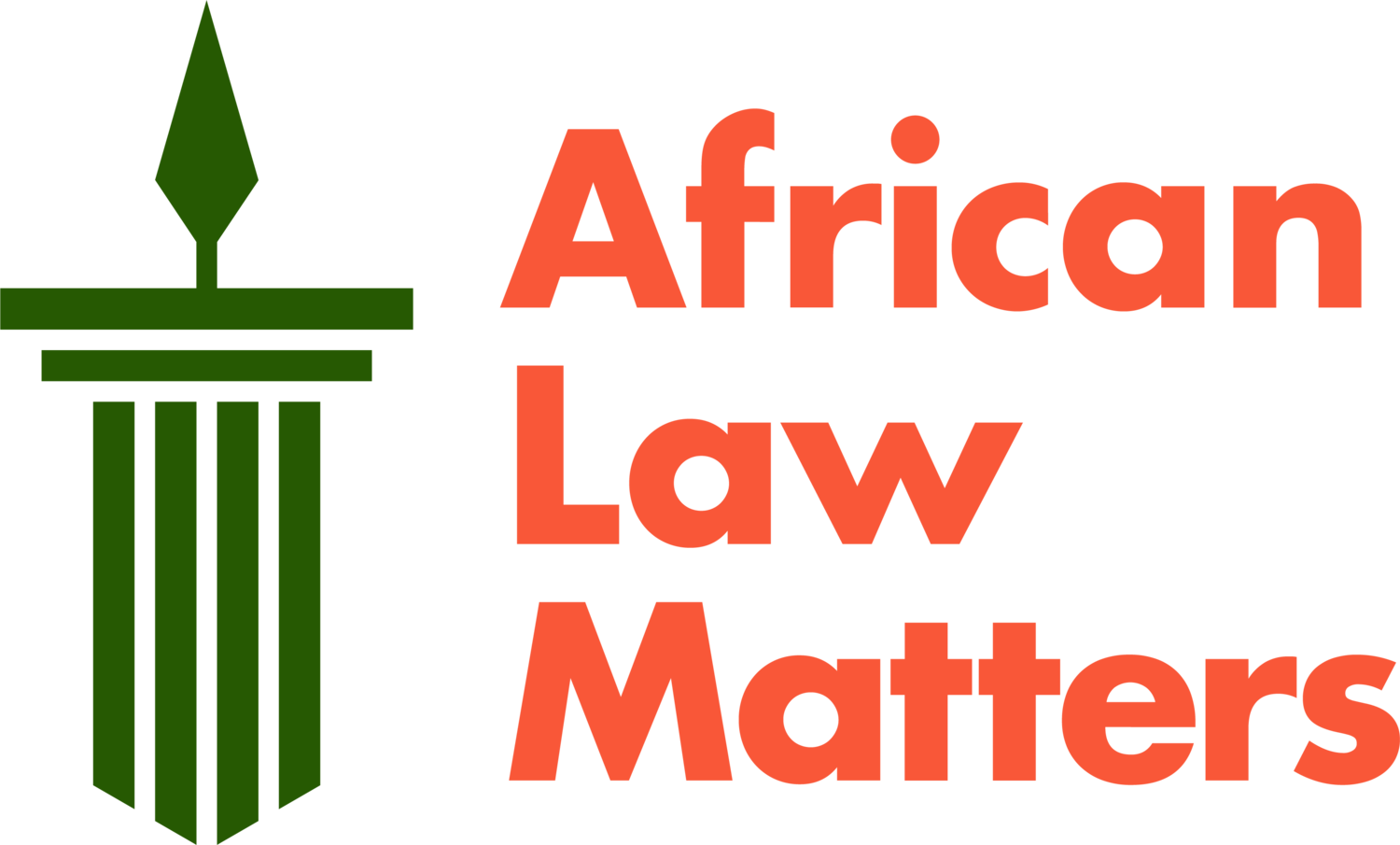Navigating Ambition and Equity: What the ICJ’s Climate Advisory Opinion Means for Africa’s NDCs
Picture Credit: https://earth.org/
As climate change intensifies, Africa stands at a crossroads. With the next round of Nationally Determined Contributions (NDCs) due in 2025, governments must weigh their urgent development priorities against growing global expectations for climate ambition.
The International Court of Justice’s Advisory Opinion on the Obligations of States in respect of Climate Change provides timely legal clarity on this balancing act. It clarifies how we understand the balance between national sovereignty and collective ambition. This matters because Africa, despite being the fastest growing continent, contributes under 4% of global emissions. The Court’s interpretation of ‘highest possible ambition’ highlights the need for balancing ambition with equity – a principle central to Africa’s climate future.
The Evolution of Differentiated Responsibilities
The journey from Kyoto to Paris marked more than a simple shift in climate architecture. It also reshaped how the international community understands and applies the principle of equity. The United Nations Framework Convention on Climate Change (UNFCCC) included the principle of common but differentiation responsibilities and respective capacities (CBDR-RC) as a guiding principle. Its function and scope was to frame and shape the burden sharing structure of the climate change to reflect fairness, given that some countries have emitted more than others and some countries were better capable of addressing the problem than others.
Under the Kyoto Protocol, Annex I developed countries faced legally binding emission reduction targets, while non-Annex I countries participated voluntarily through flexible mechanisms. This binary differentiation, while acknowledging historical responsibilities, ultimately proved too inflexible to secure full participation and cooperation.
In the Paris Agreement, the aim was not to abandon differentiated responsibilities but to refine it. This refined approach made it possible for CBDR-RC to remain in the Paris Agreement’s top-down architecture, but with a qualifier, “in light of different national circumstances”(Article 2.2). This phrase opened space for a more dynamic understanding of differentiated responsibility. NDCs emerged as the mechanism to operationalise this new flexibility. Each country would determine its own contribution, but within a framework that requires progression and collective ambition. However, the precise boundaries of this ‘bounded flexibility’ remained contested. Until the ICJ weighed in.
The ICJ’s Interpretation: Constrained Discretion
The Court’s Advisory Opinion delivers a timely clarification: national self-determination does not equal unlimited discretion. While acknowledging that the Paris Agreement allows countries to determine their own contributions, the court emphasizes that this discretion operates within binding constraints.
For instance, the Court considers Article 4.3’s requirement that each successive NDC must represent progress beyond the last, and Article 4.4’s expectation that developed countries will take the lead. Together, the Court opines, these provisions draw boundaries around national choice (see paragraphs 247 to 249).
“Countries must justify their NDC choices based on maximum capabilities, not merely their political preferences. In other words, ambition must reflect what states can do, not simply what they want to do”.
Most significantly, the ICJ interprets ‘highest possible ambition’ (Article 4.3 of the Paris Agreement) as a legal standard rather than aspirational rhetoric. Countries must justify their NDC choices based on maximum capabilities, not merely their political preferences. In other words, ambition must reflect what states can do, not simply what they want to do. This interpretation, discussed in paragraphs 244-251 of the Opinion, transforms NDCs from purely sovereign declarations into instruments that must reflect each nation’s fullest potential contribution to the global effort.
For African countries, this has important implications. The Court acknowledges that equity considerations and capacity constraints remain legally relevant in determining what constitutes highest possible ambition. Countries with limited capabilities cannot be expected to enhance their contributions at the same pace as better-equipped nations (see paragraphs 276-280). This differentiation, however, applies not only between Africa and the Global North; it also matters within Africa itself.
Africa’s Differentiated Landscape and Burden Sharing Implications
Notwithstanding Africa’s small contribution to emissions, it is also a fact that African countries have different national circumstances and that their contribution to emissions is not uniform. Africa may contribute less than 4% of global emissions, but its internal landscape is far from uniform. For example, South Africa, the world’s 17th largest emitter, faces fundamentally different choices than Ethiopia, which contributes 0.04% of global emissions. Nigeria’s heavy dependence on foreign exchange earnings from its oil and gas sector contrast sharply with Morocco’s show case of renewable ambition in the Noor Ouarzazate solar complex. Meanwhile the Democratic Republic of Congo must decide how to leverage its vast forest resources as carbon sinks, and African small island states face dire climate impacts despite being least responsible for rising emissions. These divergent realities mean that the ICJ’s interpretation of differentiation will apply differently across the continent.
Perhaps the most significant aspect of the ICJ’s interpretation lies in its potential impact on burden-sharing negotiations. If African countries must demonstrate highest possible ambition within their capabilities, this logically strengthens their claim to the means of implementation promised under Articles 9, 10, and 11 of the Paris Agreement. The Court’s reasoning suggests that developed countries’ obligations to provide support are not merely political commitments but legal requirements necessary to enable developing country ambition (paragraphs 285-290 of the Opinion).
This creates leverage for African negotiators. Enhanced NDCs can be structured with clear conditional and unconditional components, where the gap between them represents the international community’s burden-sharing obligation. As seen with previous NDCs African countries might frame their highest possible ambition as explicitly contingent on receiving specified levels of finance, technology, and capacity building.
Charting the Path Forward
As African countries draft their next NDCs, the ICJ Opinion offers both a shield and a sword. On the one hand , it protects space for differentiated treatment based on legitimate capacity constraints. On the other hand, it equips African states with strong legal arguments for demanding enhanced international support. This dual function, however, comes with obligations. Countries must now provide more rigorous justifications for their national choices and demonstrate ambition in ways that align with their capabilities. It is no longer enough to present NDCs as political commitments; they must withstand legal scrutiny.
One practical step is for African negotiators to consider structuring their NDCs to explicitly reference the ICJ’s framework. This means explicitly delineating what they can achieve independently from what becomes possible with international support. Doing so not only strengthens their negotiating position but also clarifies the international community’s responsibility in enabling ambition.
Regional coordination will be vital. The African Group of Negotiators (AGN) could help establish common interpretations of ‘highest possible ambition’ that reflect African circumstances while maintaining flexibility for individual states. Encouragingly, the Nairobi Declaration on Climate Change (2023) already provides a foundation for such coordination. The ICJ Opinion now gives that framework sharper legal teeth.
The ICJ’s Advisory Opinion arrives at a critical juncture for African climate policy. By interpreting ‘highest possible ambition’ as a legal standard rather than mere aspiration, the Court has handed African negotiators both a responsibility and an opportunity. The responsibility lies in demonstrating genuine ambition within national capabilities. The opportunity lies in the strengthened legal basis for demanding commensurate support from developed nations. As Africa’s diverse nations craft their 2025 NDCs, they should embrace the Court’s framework as a foundation for more equitable climate action where ambition and support rise together.


